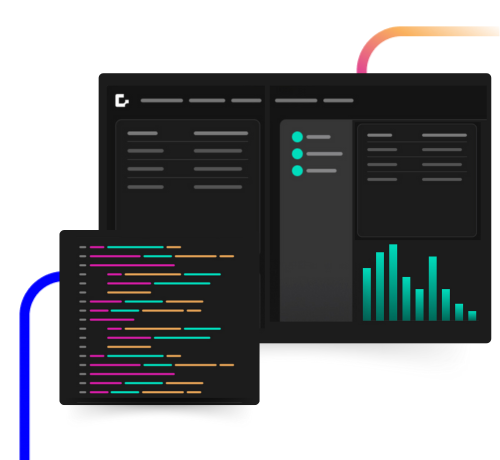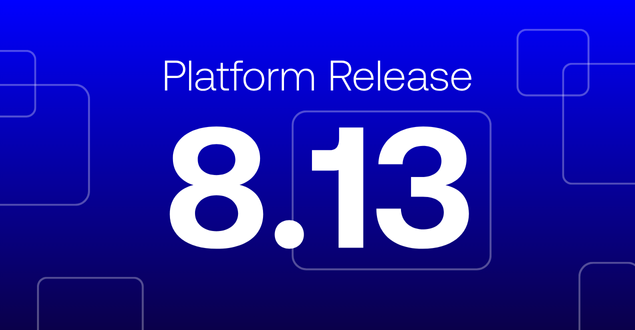
Table of Contents
A black-and-white solution to getting the most out of the grey market
Leading asset managers are working to develop technology solutions to help them overcome key challenges in primary markets for bonds to win more allocations and keep pace with automation deployed by syndicating banks over the last ten years.
A previous story explains how aggregating data, integrating trade-related systems, and facilitating collaboration helps asset managers monitor the new issue market, evaluate opportunities, and coordinate decision-making between portfolio managers, credit analysts and traders.
However, achieving a complete view of primary markets requires more than just analyzing data from official channels. The next stage is to explore all the data options available to traders, portfolio managers and analysts – and this can be facilitated by introducing intelligence from the grey market.
Shining a light on the grey market
The grey market can be defined as an informal market where securities can be bought or sold without being available on official markets.
There are grey markets for equities and commodities as well as fixed income instruments. Any trading that occurs in the grey market cannot be settled until official trading begins after the listing of the security, which can create settlement risk, but that risk should be viewed separately from the potential value of the price data expressed in transactions offered in the grey market.
A good example of grey market activity is buying stocks or bonds before they are even issued by the company during the IPO or bond offering. In the grey market for pre-IPO instruments, trades involve something like unofficial forwards on the instruments, facilitating traders’ views on whether the issue will be over- or underpriced when it enters the official market.
Price intelligence and the grey market
Like the official markets, the grey market can be a rich data source for gauging demand for a new issue and potential pricing.
When an instrument is being offered in the primary market, the spread tightens or widens based on the appetite for that instrument and a book size is published and updated with the interest in the instrument. For a deal size of $100 million, if the book size is at $200 million then the book is already oversubscribed and it will be clear to the participants that they are unlikely to receive a full allocation. In this scenario, an investment manager looking for the asset, might turn to the grey market to build its position.
There is an additional cost involved in securing an instrument outside of the official channel. This is known as the grey market premium.
For example, a deal originally offered at midswap + 32 and then amended to midswap + 28 (based on strong demand) would probably trade a little higher in the secondary market as traders trying to build a larger position than what they will be allocated are likely to pay a premium. The grey market anticipates this and the premium in the grey market will help set the secondary market price for the bond.
A high premium in the grey market tells a portfolio manager that the bond is in high demand and could lead the investment firm to turn to the secondary market to source bonds similar to the technical profile of the new issue. In doing so, the firm might get the type of asset it desires at a price lower or equal to the new issue while gaining greater control over the quantity it is able to acquire.
A low premium in the grey market could suggest low demand for the new issue. In this scenario, a portfolio manager might have a high level of confidence about the likelihood of a full allocation, but might opt to hedge the resulting position.
Bringing grey market data into the investment process
In these ways, the grey market augments an investor’s view of new bond deals coming to market. Yet, the data need to be considered in parallel with deal data coming directly from syndicates via official sources. Bringing grey market data into the decision-making process can be complicated because grey market activity takes place on informal channels such as Instant Bloomberg (IB) Chat or Liquidnet’s data stream for new issue trading. In the case of chats, the data are unstructured and, thus, a challenge to aggregate, normalize and otherwise format to present alongside more traditional sources of deal data. Fortunately, AI and related advanced data parsing techniques can come into play to efficiently present grey market data alongside structured data from formal sources.
In conclusion, the grey market offers investment firms another set of demand and price indicators when bonds are set to come to market. Bringing that intelligence into the investment decision-making process creates advantage, especially when it can be brought into a centralized system that aggregates multiple sources of new issue data available to the asset manager.
Start building finance-grade
applications 10x faster
Explore the Genesis Application Platform in action with a 60-day free trial* to get your first application built and in-market faster than ever before.












